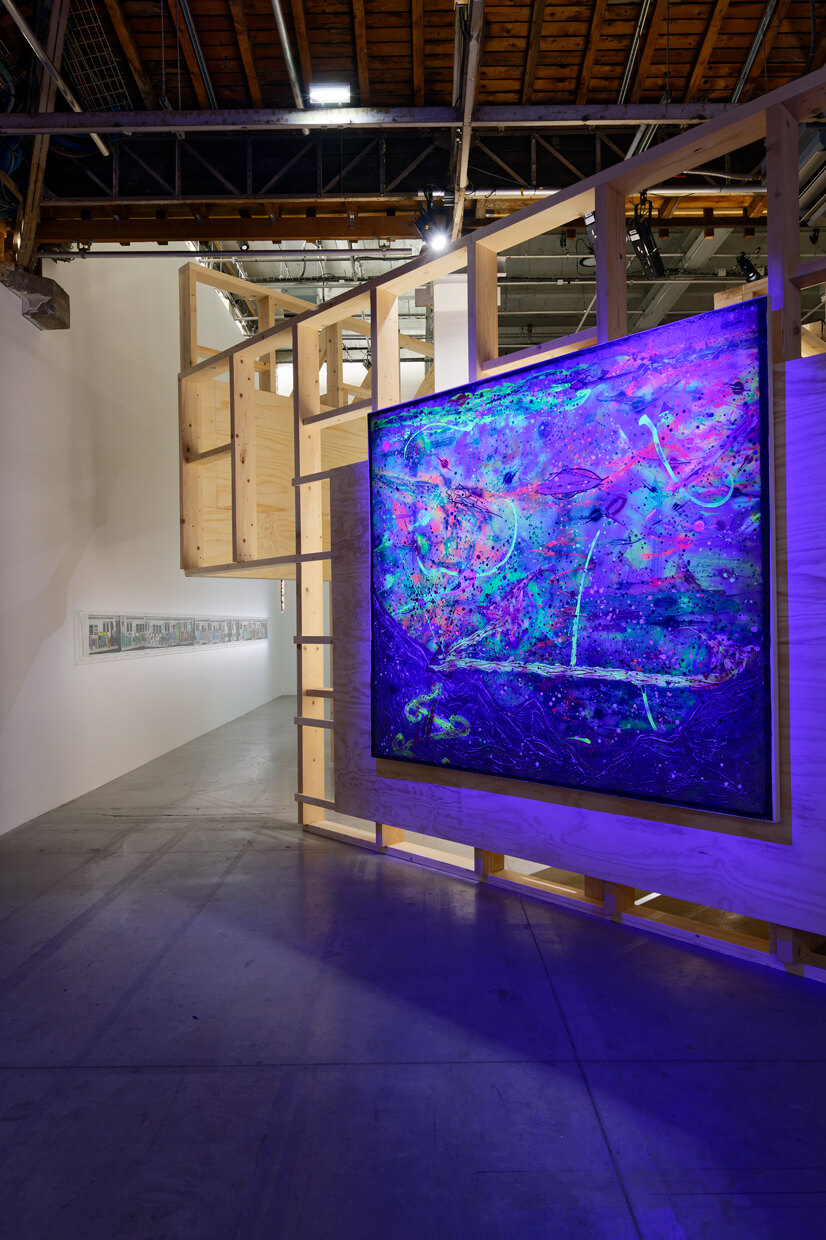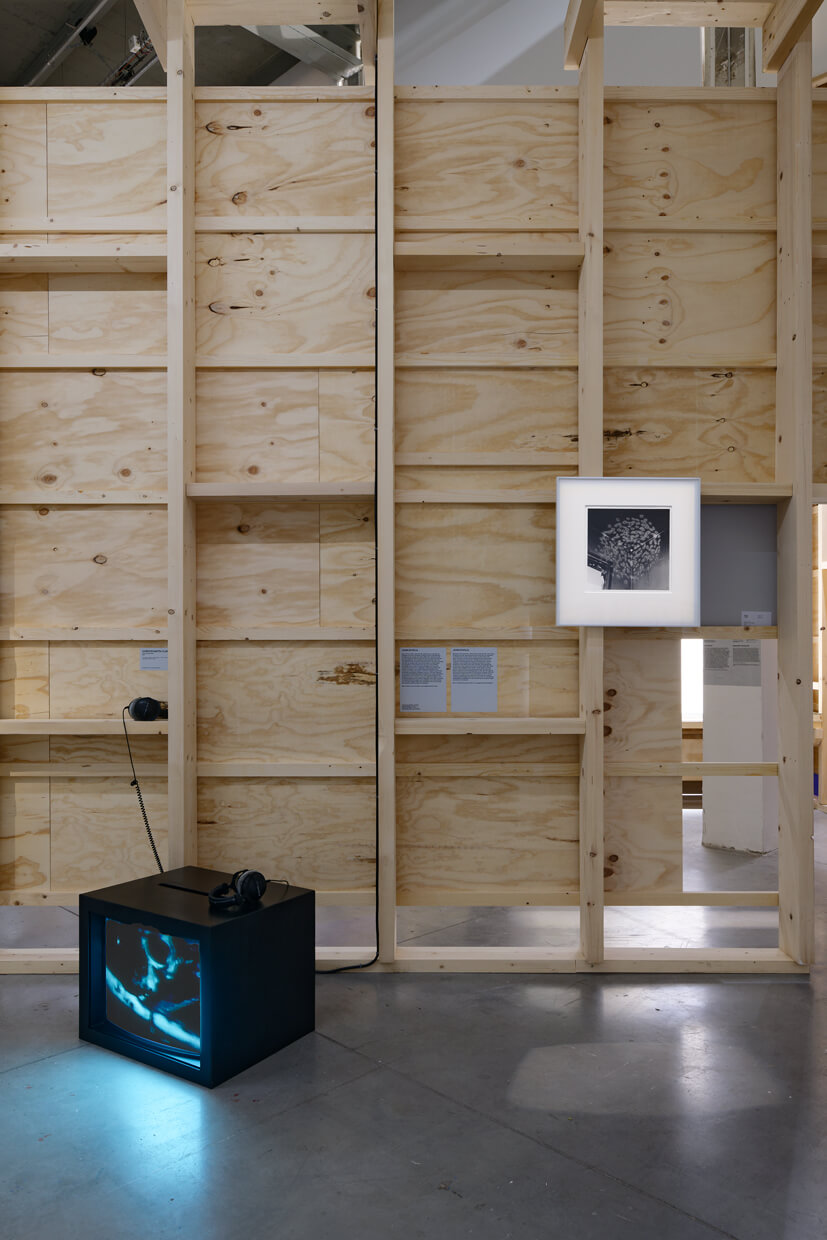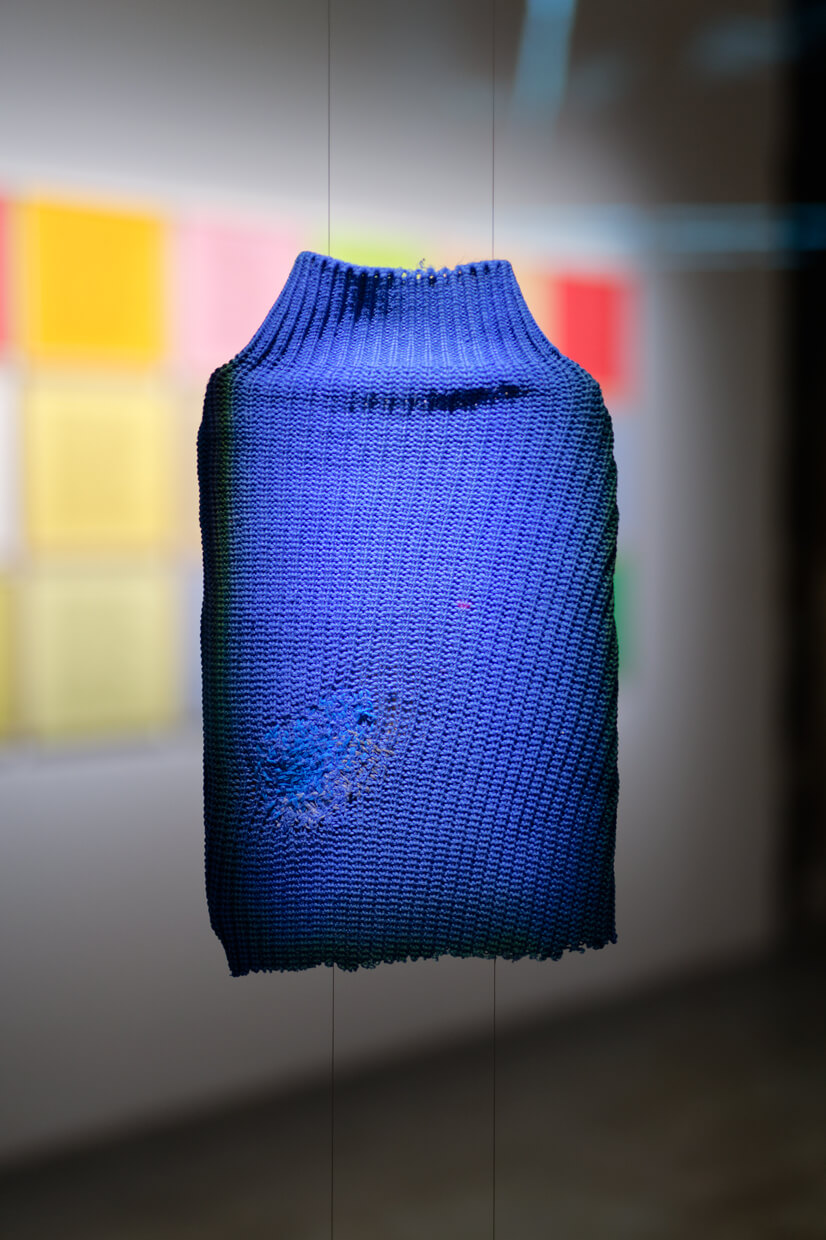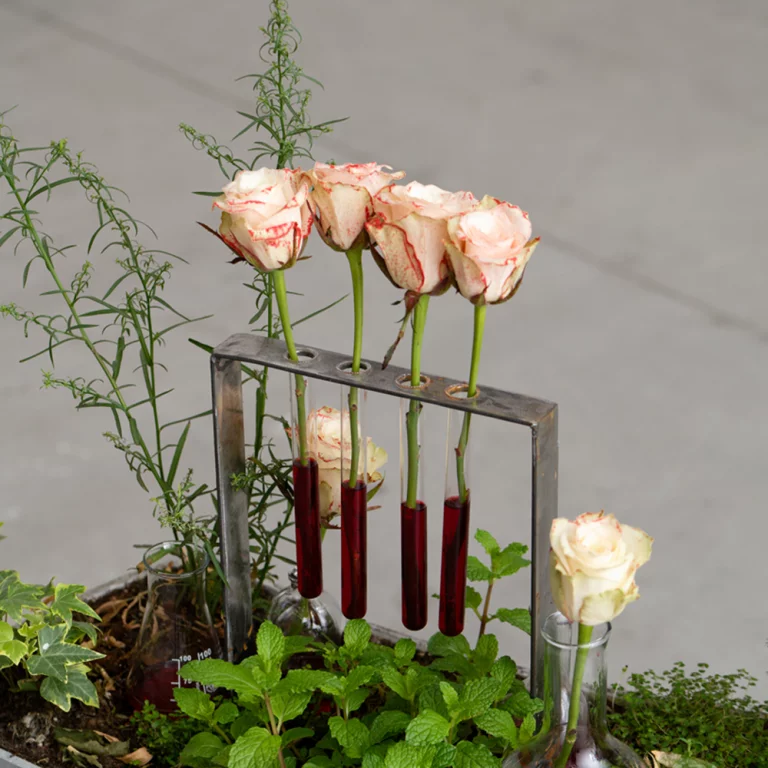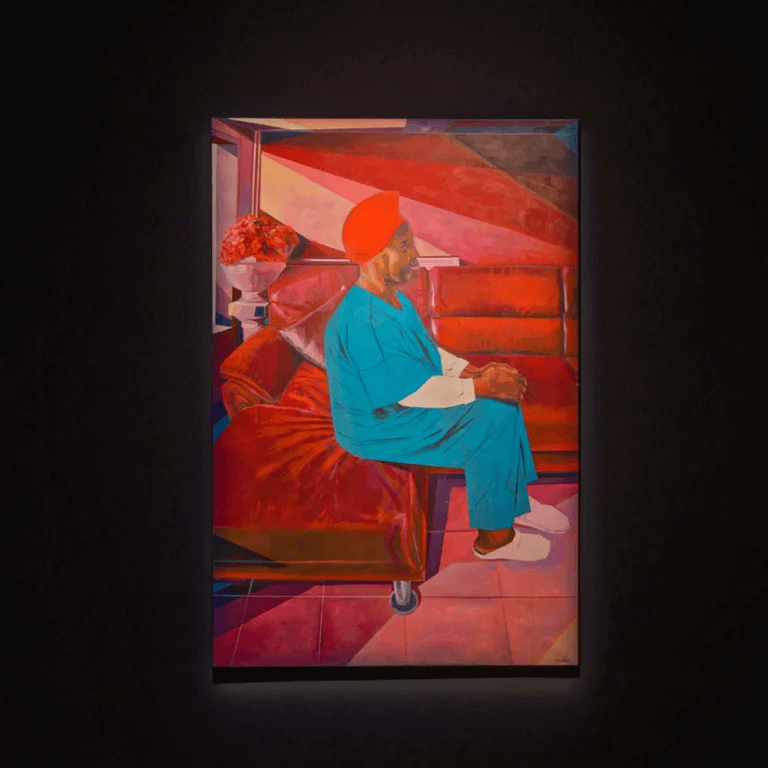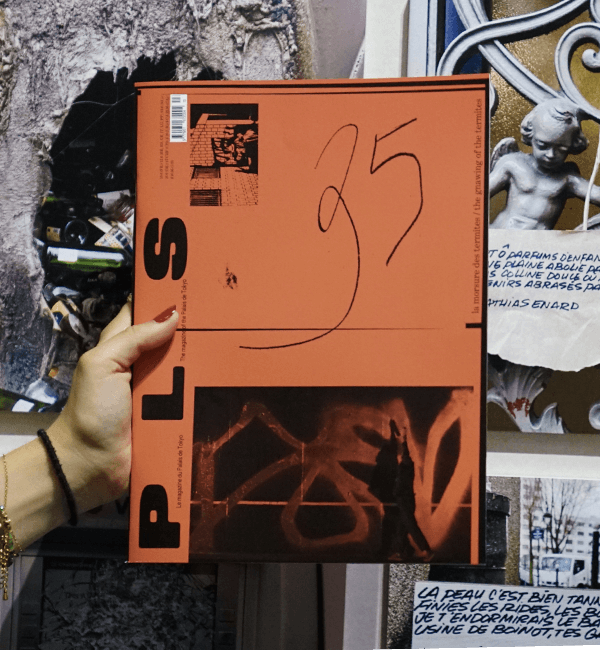SEARCH THE ENTIRE SITE
Il morso delle termiti
Through approaches that are parasitic, telescopic, fantasmatic, frictional, contradictory or simply based on friendship, Il morso delle termiti attempts to undertake a re-reading of art history through the prism of graffiti. Here graffiti is neither a subject nor an aesthetic but rather an experience, an attitude, an imaginary, an underground current of thought : an experience of illegality and broken windows, the wanderings of bodies in movement, an attraction to murky perspectives, the romanticism of a kind of vandalism which is as much a form of care as of damage, and a fascination for visible and invisible languages that confront the precarious matter of the real and which shape themselves from it even as they transform it.
In combination with the Lasco project, which for the past ten years has welcomed urban art in the secret spaces of the Palais de Tokyo, the exhibition provokes a fragmented, sometimes cryptic dialogue between fifty or so artists who are more or less recognized, or even not known at all. In an essay published in 1962, Manny Farber contrasts termite artists with white elephant artists. Termite artists express themselves in practices that are more difficult to grasp and manipulate. “Termite-style art, tapeworm, moss or fungus, has the peculiarity of progressing by attacking its own constraints, usually to leave in its wake only signs of devouring, industrious, and disordered activity.” Structurally conceived as an invisible city, in reference to Italo Calvino’s 1972 book, the exhibition is discovered in the same way as Tamara’s city in that book, by “streets bristling with signs that come out of the walls,” where “the eye does not see things but figures of things that signify other things.”
“a peculiar fact about termite-tapewormfungus-moss art is that it goes always forward, eating its own boundaries, and, likely as not, leaves nothing in its path other than the signs of eager, industrious, unkempt activity.”
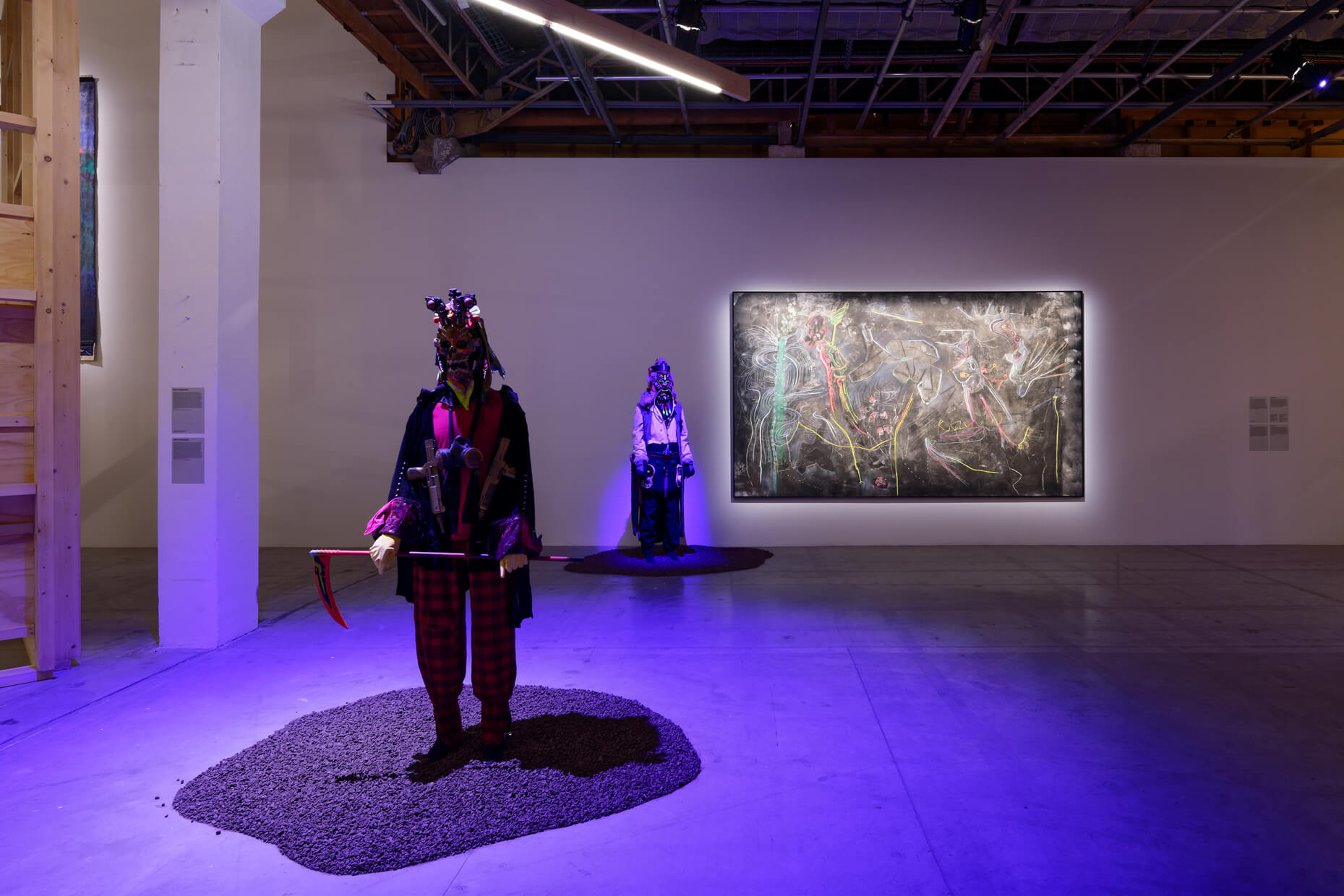
The exhibition’s title is drawn from a passage in Italo Calvino’s Invisible Cities, and indeed it is structured much like the city of Tamara that Calvino imagines in this book: here we enter “along streets thick with signboards jutting from the walls” where “the eye does not see things but images of things that mean other things.”
FROM 16/06/2023 TO 07/01/2024
Artists : Chaz Bojórquez, Aline Bouvy, A. One (Anthony Clark), Samuel Bosseur, Brassaï, Miriam Cahn, Sophie Calle, Pauline Charrière, COCO 144, Martha Cooper, Dado (Miodrag Durić), John Divola, Miho Dohi, Douceurxtrem, Douceurtarpinxtrem, Ida Ekblad, Mathias Enard, ENERI, Caley Feeney, FUTURA 2000, Richard Hambleton, Thomas Hirschhorn, Jenny Holzer, Antwan Horfee, Renaud Jerez, David L. Johnson, Margaret Kilgallen, Olivier Kosta-Théfaine, Mierle Laderman Ukeles, Lady Pink, Renée Levi, Sol LeWitt, Tala Madani, Mark Manders, Ari Marcopoulos, Matta, Gordon Matta-Clark, Julia Maura, MODE 2, Tania Mouraud, NOC 167, Nestor Nomakh, PHASE 2, Pö, Alexander Raczka, RAMMELLZEE, Jay Ramier, Leomi Sadler, SAEIO, Ataru Sato, SKKI©, Robert Smithson, SNAKE 1, STAY HIGH 149, Lisa Signorini, Hito Steyerl, Lily van der Stokker, Hervé Télémaque, Toni, VALIE EXPORT, Lawrence Weiner, Marion Widcoq, Martin Wong, Gérard Zlotykamien
Architect : Olivier Goethals
Curator : Hugo Vitrani
Exhibition assistant : Violette Wood

